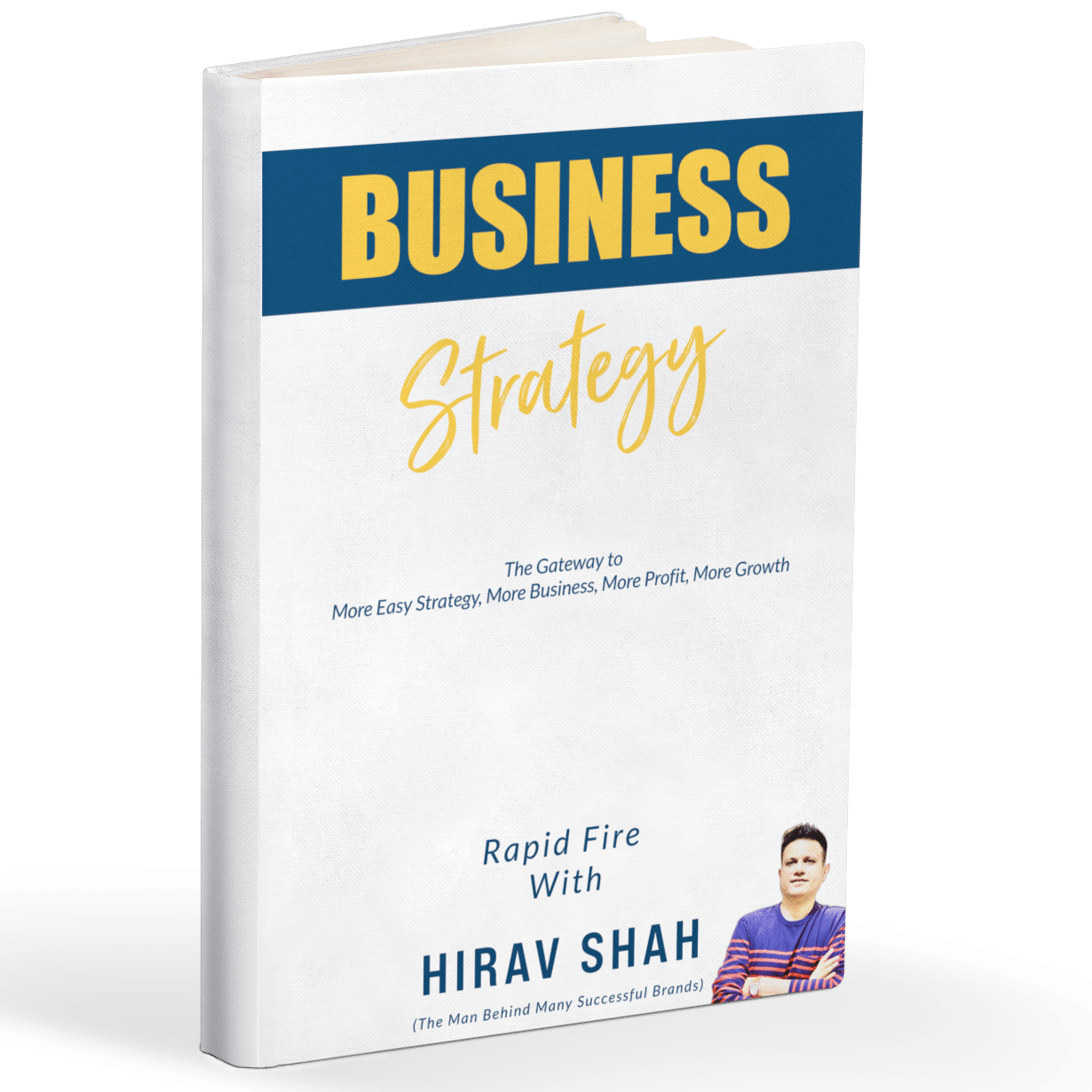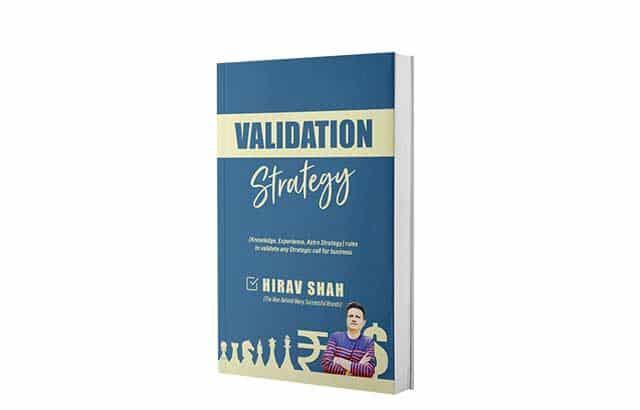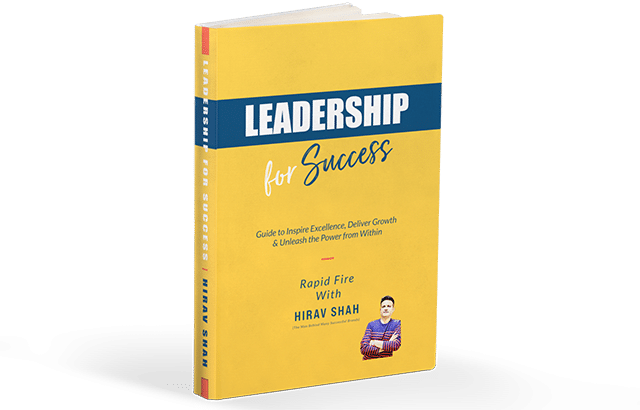In the context of business, having a solid organizational structure and foundation is analogous to key elements that ensure the success and effectiveness of various business strategies and operations. Just as several factors impact different aspects of our lives, such as taste, performance, comfort, and experience, a well-structured organization provides a strong basis for achieving success in various business endeavors. Here are nine crucial factors that contribute to establishing a strong and effective organizational structure:
Table of Contents
Alignment with Vision and Goals
Ensure that the organizational structure is in harmony with the company’s vision, mission, and long-term objectives. This alignment serves as the guiding star for all business initiatives.
Clear Hierarchy and Roles
Establish a transparent chain of command and define roles and responsibilities clearly. This clarity enables efficient decision-making and execution of strategies.
Efficient Communication Channels
Implement effective communication channels to facilitate the flow of information, feedback, and ideas throughout the organization. Open lines of communication foster collaboration and innovation.
Talent Acquisition and Development
Attract, retain, and develop top talent within the organization. A skilled and motivated workforce is instrumental in achieving business objectives.
Financial Sustainability
Maintain a robust financial framework that ensures stability and growth. This includes prudent financial management, budgeting, and risk mitigation strategies.
Market Research and Analysis
Continuously monitor and analyze market trends, customer behavior, and competitive landscapes. This insight informs decision-making and adaptation to changing market conditions.
Adaptive Technology Infrastructure
Invest in modern technology and infrastructure that supports business operations and enables digital transformation. Staying technologically competitive is crucial in today’s business environment.
Ethical and Sustainable Practices
Uphold ethical standards and sustainability practices that resonate with stakeholders, including customers, employees, and investors. This fosters trust and long-term partnerships.
Crisis Preparedness and Contingency Planning
Develop robust contingency plans to address unexpected challenges or crises. Being prepared for adverse situations minimizes disruption and ensures business continuity.
Incorporating these principles into the organizational structure and foundation ensures that the company is poised to unlock its full potential and navigate the complexities of the business landscape effectively. Just as the absence of salt affects the taste of food or a weak script impacts a movie’s performance, an ill-structured organization can hinder the realization of business goals and strategies. Hence, it is imperative to build a strong, astrologically correct foundation for your company, enabling it to thrive in the dynamic world of commerce.































